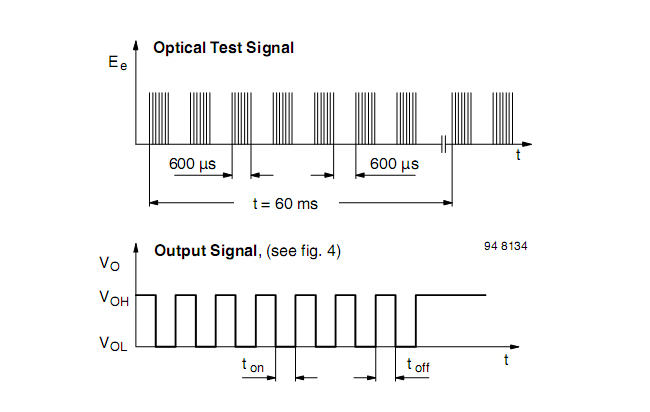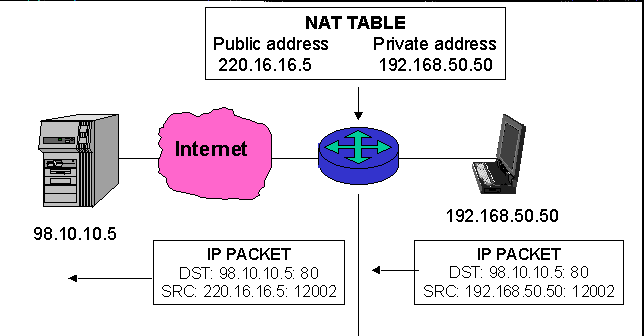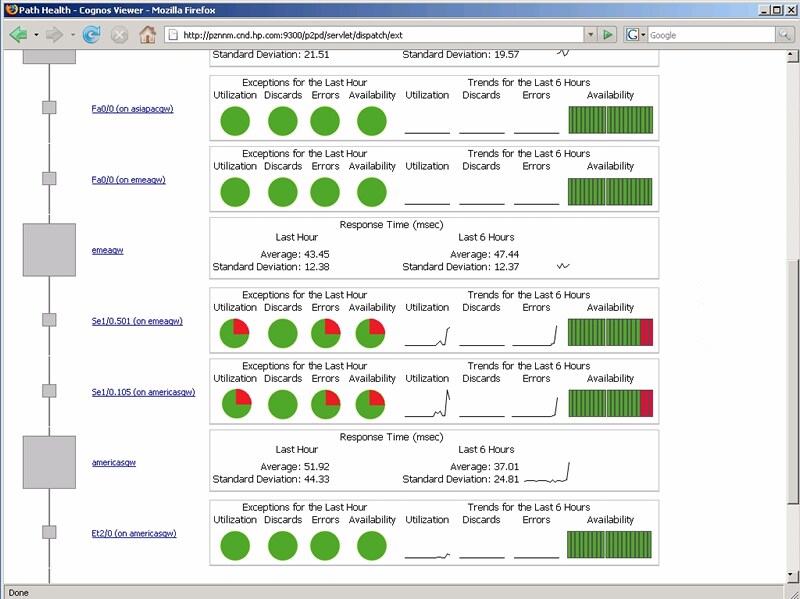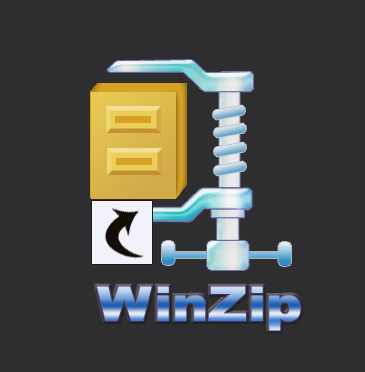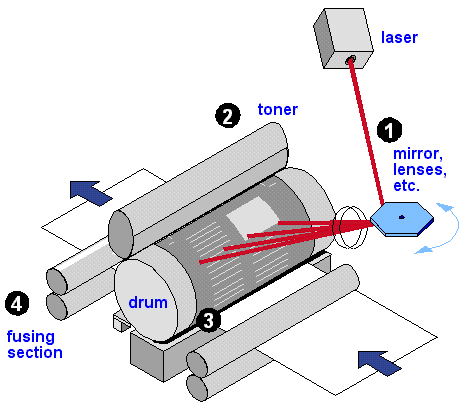MODULATION
Modulation is the addition of information (or the signal) to an electronic or optical signal carrier. Modulation can be applied to direct current (mainly by turning it on and off), to alternating current, and to optical signals. In telecommunicatiuons, modulation is the process of conveying a message signal, for example a digital bit stream or an analog audio signal, inside another signal that can be physically transmitted. Modulation of a sine waveform is used to transform a baseband message signal into a passband signal, for example low-frequency audio signal into a radio-frequency signal (RF signal).
DEMODULATION
Demodulation is the act of extracting the original information-bearing signal from a modulated carrier wave. A demodulator is an electric circuit (or computer program in a software defined radio) that is used to recover the information content from the modulated carrier wave. These terms are traditionally used in connection with radio receivers, but many other systems use many kinds of demodulators. Another common one is in a modem, which is a contraction of the terms modulator/demodulator.
BANDWIDTH
The amount of data that can be transmitted in a fixed amount of time. For digital devices, the bandwidth is usually expressed in bits per second(bps) or bytes per second. For analog devices, the bandwidth is expressed in cycles per second, or Hertz (Hz).In computer networking, bandwidth in bit/s sometimes means the net bit rate (also known as peak bit rate, information rate or physical layer useful bit rate), channel capacity, or the maximum throughput of a logical or physical communication path in a digital communication system.
TCP/IP
Short for Transmission ControlProtocol/Internet Protocol, the suite of communications protocols used to connect hosts on the internet. TCP/IP uses several protocols, the two main ones being TCP and IP. Modern IP networking represents a synthesis of several developments that began to evolve in the 1960s and 1970s, namely the internet and local area networks, which emerged during the 1980s, together with the advent of the World Wide Web in the early 1990s.
NODE
In a network, a node is a connection point, either a redistribution point or an end point for data transmissions. In general, a node has programmed or engineered capability to recognize and process or forward transmissions to other nodes. The definition of a node depends on the network and protocol layer referred to. A physical network node is an active electronic device that is attached to a network, and is capable of sending, receiving, or forwarding information over a communications channel.
CLIENT
The client part of a client-server architecture. Typically, a client is an application that runs on a personal computer or workstation and relies on a server to perform some operations. The client-server model is still used today. Client and server can run on the same machine and connect via Unix domain sockets. Using Internet sockets a user may connect to a service operating on a possibly remote system through the Internet protocol suite. Servers set up listening sockets, and clients initiate connections that a server may accept. Web browsers are clients that connect to web servers and retrieve web pages for display.
SERVER
In computer networking, a server is a program that operates as a socket listener. The term server is also often generalized to describe a host that is deployed to execute one or more such programs. A server computer is a computer, or series of computers, that link other computers or electronic devices together. They often provide essential services across a network, either to private users inside a large organization or to public users via the internet.
NETWORK OPERATING SYSTEM
Abbreviated as NOS, an operating system that includes special functions for connecting computer and devices into a local area network (LAN). Some operating systems, such as UNIX and the Mac OS, have networking functions built in. The Network Operating System can also do the following: Centrally manage network resources, such as programs, data and devices. Moreover, secure access to a network and to allow remote users to connect to a network. Next is to, allow users to connect to other networks like the internet. Back up data is made sure it's always available.
NETWORK ADMINISTRATOR
A network administrator is a person responsible for the maintenance of computer hardware and software that comprises a computer network. Under general direction designs, supports, maintains, and evaluates computer networking and telecommunication systems; installs, configures, and maintains both physical and virtual computer servers; maintains employee e-mail, dial-up user accounts and card key access accounts; performs other related duties as assigned.
